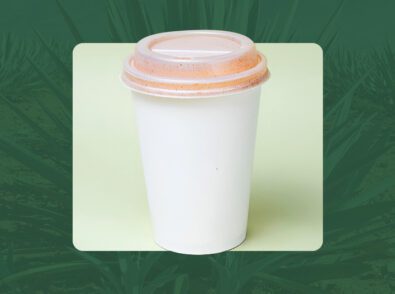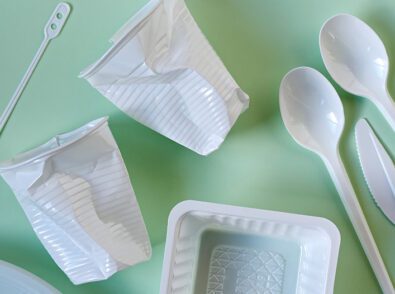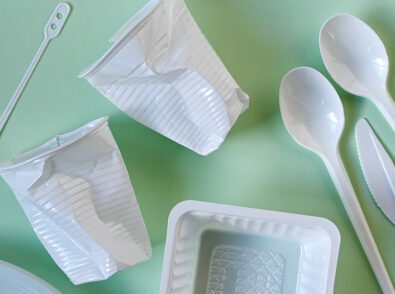Why Are Plastic Straws Bad for the Environment?

In the past, few people considered the impact of a simple plastic straw. Recently, this tiny part of our daily lives has had a significant effect on how we think about environmental health, and businesses and individuals have made the conscious move to use alternatives.
How Do Plastic Straws Affect the Environment?
Think about how many times you’ve gone to a restaurant or bar and received a plastic straw with your drink. Now, multiply that usage by the millions of Americans who use plastic straws daily, totaling 175 to 500 million straws in the U.S. each day and billions of straws each year.
Increased Waste and Pollution
To understand the environmental effects of plastic, you need to consider where your plastic straws—and everyone else’s—end up each year. Plastic is not biodegradable, so it remains as-is unless recycled. A single plastic straw can take up to 200 years to break down. Straws’ light weight and size also mean they’re difficult to recycle and can elude trash collection.
These reasons lead to tons of plastic straws as pollution, litter, and waste in landfills and in marine, forest, wildlife, and other natural and public ecosystems. Animals consume this plastic, leading to harmful health conditions and, in some cases, death.
Release Microplastic and Toxins
The minute plastic particles that straws release, called microplastics, contaminate water, soil, and animals. Microplastics from unrecycled and degrading straws can make their way into waterways, affecting our water supply and food health as wildlife, marine animals, and the ground absorb them. These microplastics contain harmful toxins from plastic’s raw form, petroleum, which can impact your health and wellness.
Unsustainable, Harmful Production
Standard plastic straws are made from a by-product of petroleum, polypropylene. To make a single-use straw requires natural resource extraction, eating into limited amounts of petroleum that exist. Plastic manufacturing processes also use lots of energy and emit toxic fumes, increasing global pollution and adding to an ever-growing global warming crisis. To match the quick-use and mass consumption described above, these harmful processes must happen at high rates.
These environmental and health effects have led to the banning of plastic straws in various countries. Several U.S. states have banned plastic straws, including California, Oregon, Washington, Vermont, Maine, Rhode Island, New York, New Jersey, and Washington. There have also been global movements to implement similar policies, notably the EU and Canada’s banning of all single-use plastics in 2021. Straws are at the center of a worldwide effort to reduce plastic use and waste.
What Plastic Straw Alternatives Can You Use?
To promote sustainability and expand market options for single-use products, more and more manufacturers are innovating substitutes for plastic. You can now purchase straws made from:
- Agave
- Paper
- Bamboo
- Polylactic acid (PLA)
- Polyhydroxyalkanoates (PHA)
- Steel
When choosing a suitable plastic straw replacement, consider how eco-friendly the new material is and how much structural integrity it has. We’ve all had a paper straw go mushy with use and know how unpleasant it is. Metal and bamboo straws can offer more durability, but they may also introduce odd flavors to drinks and require attentive cleaning. PLA and PHA straws offer compostability and biodegradability. Their composting process does, however, need specialized conditions and takes time.
Agave addresses these concerns by offering durability, structural integrity, renewability, and diverse drink compatibility.
Ditch the Plastic. Embrace Eco-Friendly Agave.
At Greenprint, we create various foodservice products using agave, a renewable, biodegradable alternative to plastic. Our products are made from agave fibers, offering durability, sustainable use, flexible applications, and quality. Learn more about our agave straws and complete product range today!





